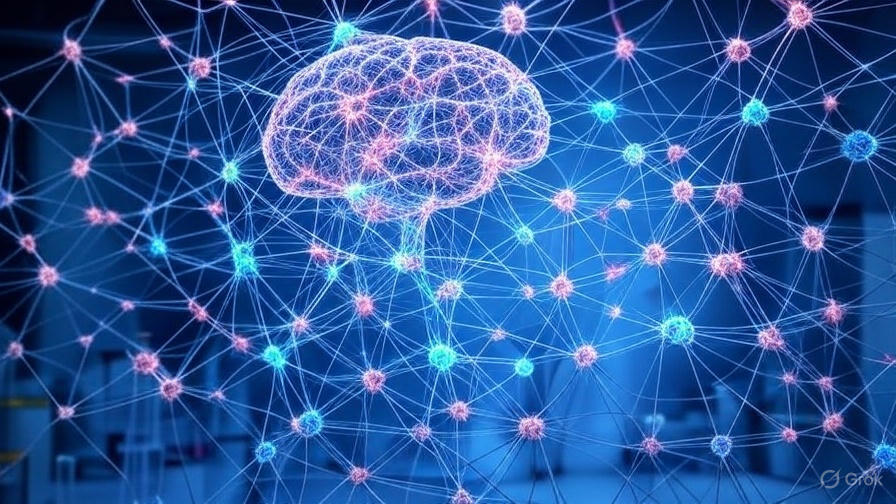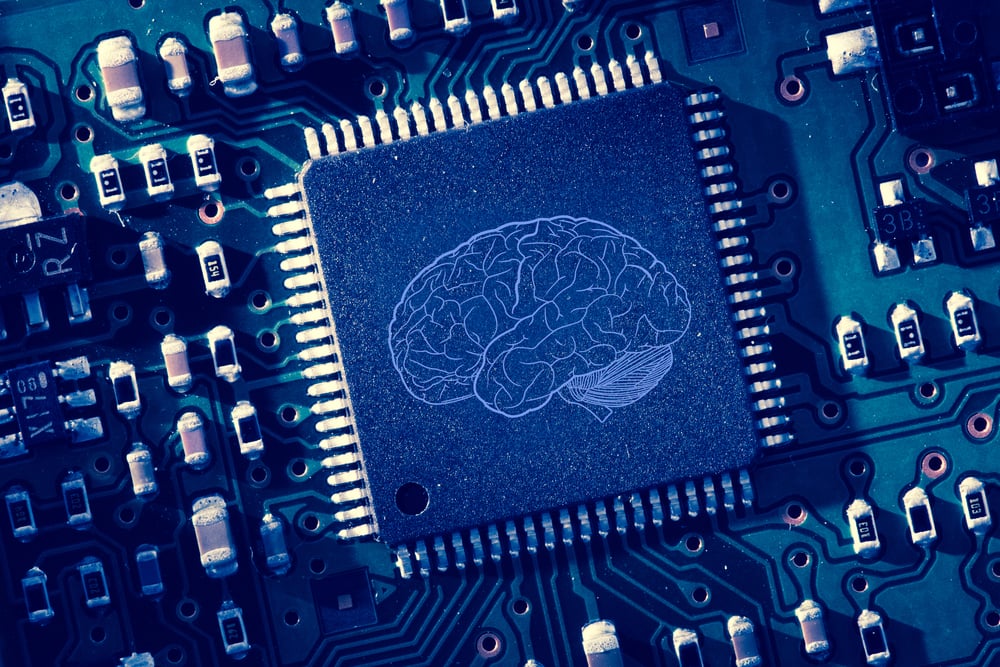
Spiking Neural Networks: When AI Starts Thinking Like the Brain

Over the past few months, I’ve taken a deep dive into the world of biologically inspired artificial intelligence and I have to say, spiking neural networks have completely won me over.
If you’ve ever wondered what AI might look like if it didn’t just compute, but actually “felt” time and context, this is the technology worth exploring.
What Are Spikes and Why Are They Special?
In traditional neural networks, neurons fire signals continuously, without pause. In spiking neural networks (SNNs), neurons remain silent until they receive enough stimulation and only then do they fire an electrical impulse, known as a spike.
This is exactly how our brains work. The membrane potential builds up, crosses a threshold, and the neuron responds.
Biological Plausibility
This architecture has been validated as biologically plausible in a comprehensive review of SNNs on arXiv, which details how spikes enable temporal encoding and efficient data processing.
Advantages of SNNs for Edge AI
SNN models offer several advantages over traditional neural networks, especially in the context of edge computing:
Energy Efficiency and Noise Robustness
Spikes activate only when necessary, saving energy and enabling reliable performance in realworld conditions.
Applications in IoT Devices and Embedded Systems
Thanks to their low memory requirements, SNN models are ideal for devices with limited resources.
Where Are They Used?
Spiking neural networks are already being used in:
- Neuromorphic Chips and Smart Sensors
Intel Loihi, Innatera Pulsar, and other hardware platforms leverage spike-based architectures. - Brain-Computer Interfaces (BCIs)
SNN models enable realtime decoding of brain signals.
NexSynaptic Platform: Real-Time SNN Visualization
At platform.nexsynaptic, you can train and visualize SNN models in real time.
Simulation Results
📈 Reported results:
✅ 100% accuracy✅ 0.003 loss✅ 4 interactive modules: Simulator, Spiking, Comparison, Analytics.
Note: These results come from the NexSynaptic platform’s demonstration environment. They reflect performance in simulation.
Could Spike-Based AI Become Conscious?
As SNN models replicate not just the structure but the dynamics of cognition, they raise questions about synthetic awareness.
Philosophical Reflections on Synthetic Cognition
Could the temporal dimension of spikes be the key to understanding consciousness?
Spiking neural networks aren’t just a technical advancement , they represent a paradigm shift in how we understand intelligence.
Test your own spike-based models and join the community building the next generation of artificial intelligence:


